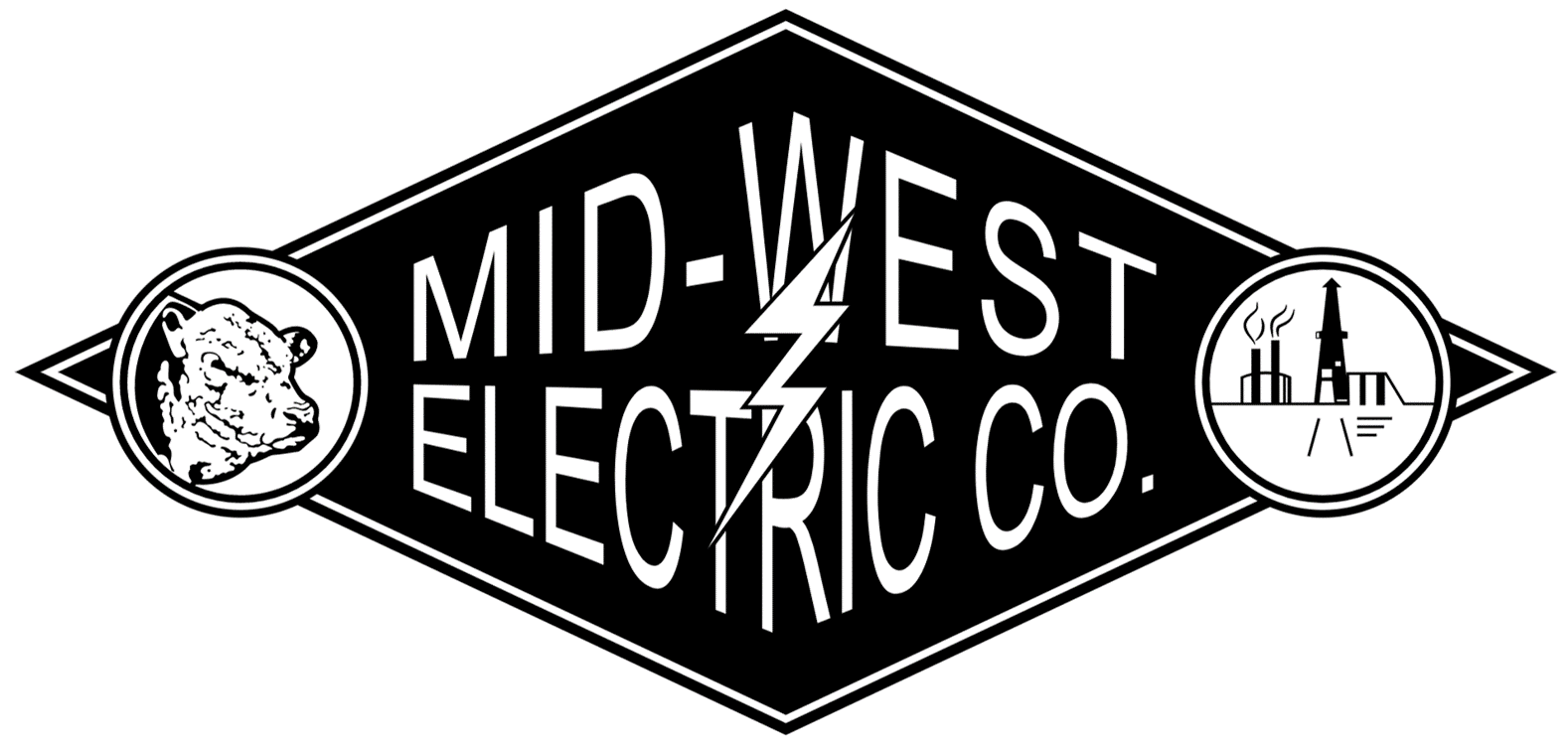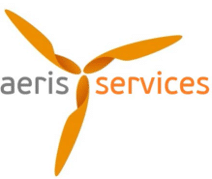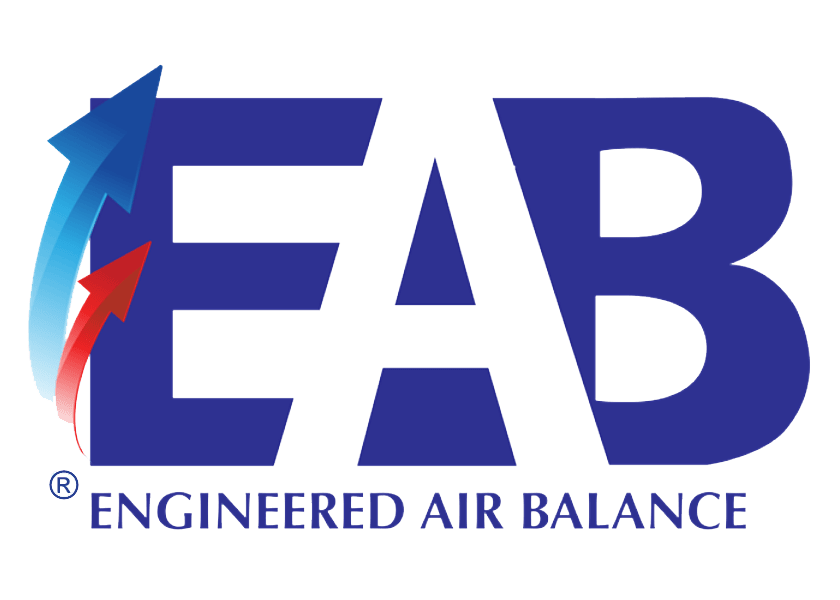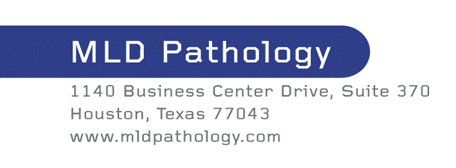 It’s no secret that great organizations cannot flourish without strong organizational communication. But what does that look like? Here are five strategies for effective organizational communication in the workplace.
It’s no secret that great organizations cannot flourish without strong organizational communication. But what does that look like? Here are five strategies for effective organizational communication in the workplace.
- Create an Environment That Supports Open Communication.
Whether it’s formal, informal, upward, downward or horizontal communication, it’s imperative to cultivate an environment where all team members feel free to express their ideas and share their concerns. Communication within your team should always flow both ways. This type of atmosphere encourages honesty, transparency, fosters trust and increases engagement.
- Inclusivity is Key.
Your team members’ involvement in your organization’s decision-making processes is crucial and highly correlated with employee satisfaction and success. Employees want buy-in, and they have creative ideas about how to enhance the day-to-day workings of the company. Keep listening. Remember, we are stronger, smarter and faster together. When you change course with a different decision, respect and protect the team mentality by sharing the reasons, being transparent and providing clarity that relates back to the collective goal.
- Don’t Delay.
You may never have all of the information, so don’t hold off on delivering important points as they come. Share what you can in a timely manner and through multiple channels. If an update is delivered in a meeting, follow up with an email to serve as a reminder to those who were present and to inform those who were not present. If you’re not intentional about informing your team, they may fill in the gaps with their own assumptions. This lowers morale and distracts from productivity.
- Communicate Objectives and Goals and Keep Interactions Results-Oriented.
Before organizational communication can be effective, each employee, regardless of role or rank, must have a solid understanding of the company’s goals and objectives. How does their role fit into the bigger picture of the company’s mission? What measurable results should they be striving towards? Educate them on these functional goals and expectations.
- Continuously Evaluate Your Communication Strategies for Success.
Finally, you must consistently ask yourself and your team if your communication strategies are accomplishing the end goal of putting people first and bringing the company success. Periodically cross-check your processes by looking for the strategies shared above. Don’t hesitate to make adjustments as often as necessary.
If you enjoyed these tips to strengthen your company’s organizational communication, you’ll be happy to know there are more ways to enhance this area of your business. Contact us, and we’ll set up a time to discuss what this looks like.














































